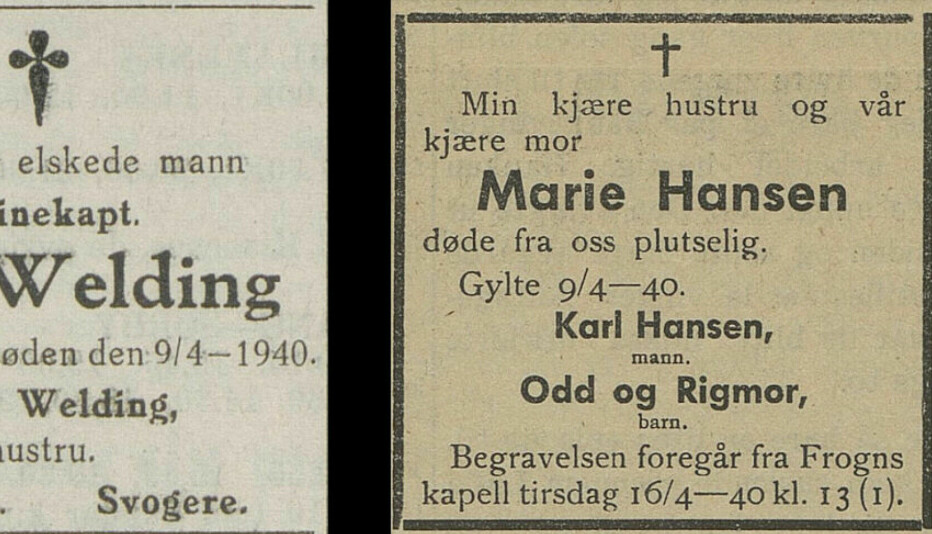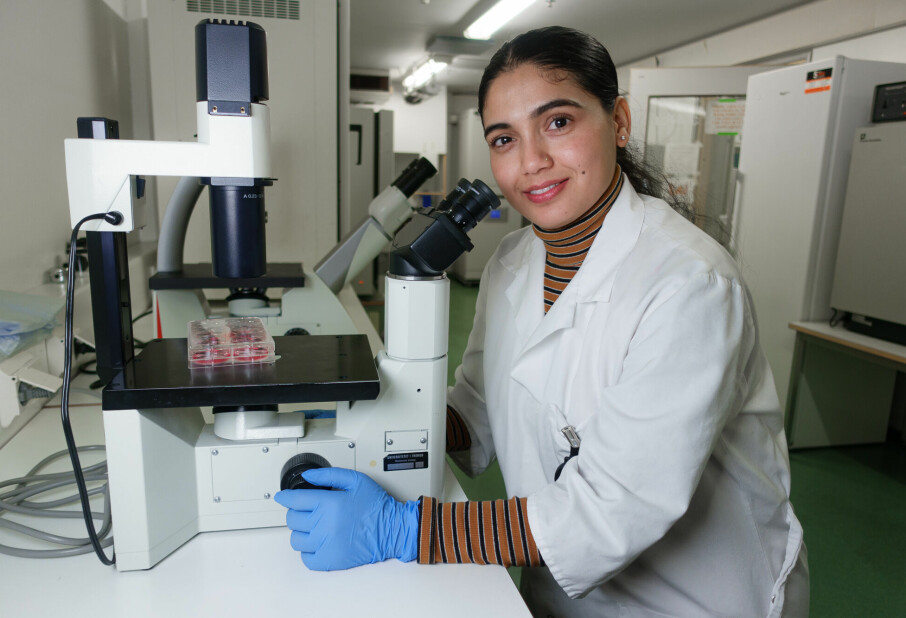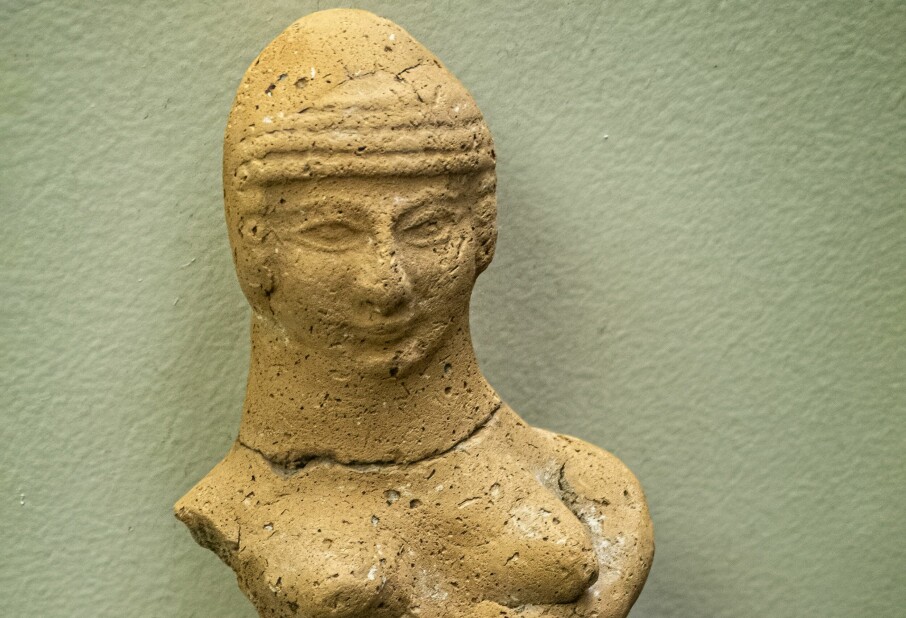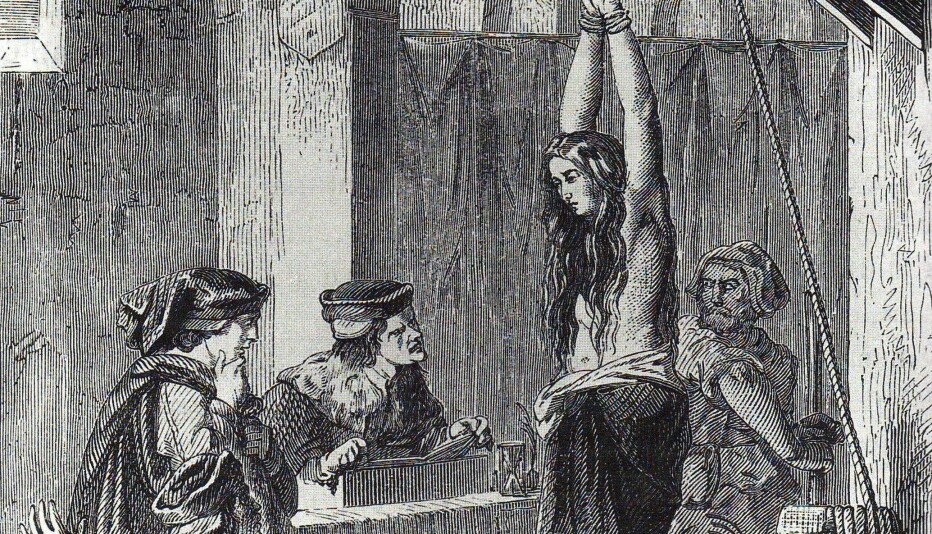THIS CONTENT IS BROUGHT TO YOU BY NIBIO - Norwegian Institute of Bioeconomy Research - read more

Resarchers use hair traps to monitor brown bears in one of the most remote Arctic areas
The number of bears detected in 2023 was 53 per cent lower than in 2019.
Since 2005, the research station NIBIO Svanhovd has been monitoring the population of brown bears (Ursus arctos) in the border area between Norway, Finland, and Russia. In the summer of 2023, DNA from 22 bears was detected.
In the initial years, hair and faeces samples were randomly collected in the field, but since 2007, a more systematic collection of bear hair has been conducted using hair traps.
The method involved deploying hair traps with scent attractants within a grid of 5 kilometres by 5 kilometres squared in Norway, Finland, and Russia. The total study area covered approximately 1,400 km2.
Reduced study area in 2023
Systematic hair trap surveys were initiated in the Pasvik-Enare Trilateral Park and have been repeated every four years: in 2011, 2015, 2019, and 2023.
“Due to the geopolitical situation, samples were not collected from Russia in 2023,” says laboratory manager Ida Marie Bardalen Fløystad at NIBIO Svanhovd.
“Last year's study was conducted within an area of 1,075 km2 in Pasvik in Norway and Inari in Finland. A total of 43 traps were set up, compared to the previous 56. Otherwise, the method remained the same as in previous studies.”
The 2023 study area included Upper Pasvik in Norway and Inari in Finland. The area was divided into 43 squares (5 km x 5 km) with one hair trap in each square. The hair traps were moved to a different location within the same square after four weeks (halfway through the collection period).

22 bears detected in 2023
“In the 2023 season, a total of 97 samples were collected,” says Fløystad.
“71 of the hair samples turned out to be from bears, and a complete DNA profile could be determined for 63 of the positive samples. In total, 22 different bears were detected (10 females and 12 males). Of these 22, 12 individuals were previously detected in earlier years, while 10 were unknown bears not detected in previous surveys. In this survey, 13 bears were detected in Finland and 11 in Norway. Comparable figures from 2019 were 20 bears detected in Finland and 14 bears detected in Norway.”
Fløystad emphasises that the results are not immediately comparable to those from previous years because the study area is not the same:
“The number of bears detected in 2023 was 53 per cent lower than in 2019, even though the study area was only 26 per cent smaller. This decrease may be attributed to lower bear activity in the monitored areas or to a reduced overlap in the distribution of bears and the placement of hair traps.”

Second-highest success rate in 2023
This year's sampling achieved the second-highest success rate, with 0.51 bears per square. This compares to 0.81 bears per square in 2019 (the highest rate), followed by rates of 0.49 in 2015, 0.35 in 2011, and 0.42 in 2009.
“Our results show that even with a smaller study area (fewer squares), the hair trap project provides valuable information about the bears in the area. Therefore, the survey is an important supplement to the national monitoring program for brown bears in Norway, which is based on random collection of faeces and hair.”
Reference:
Kniha et al. Monitoring of the Pasvik-Inari brown bear (Ursus arctos) population in 2023 using hair traps, NIBIO Report, 2024.

This content is paid for and presented by NIBIO - Norwegian Institute of Bioeconomy Research
This content is created by NIBIO's communication staff, who use this platform to communicate science and share results from research with the public. NIBIO is one of more than 80 owners of ScienceNorway.no. Read more here.
More content from NIBIO:
-
Researchers believe gene technology has enormous potential, but that the regulations are too strict
-
Increased risk of major bark beetle outbreaks – also in Norway
-
Many harvest their forest too early. Why?
-
Fungicide resistance is a threat to the health of humans, animals, and plants
-
How animals learn: Even a chicken is teachable with the right motivation
-
Reindeer sleep while chewing their cud




































